Walking the Walk
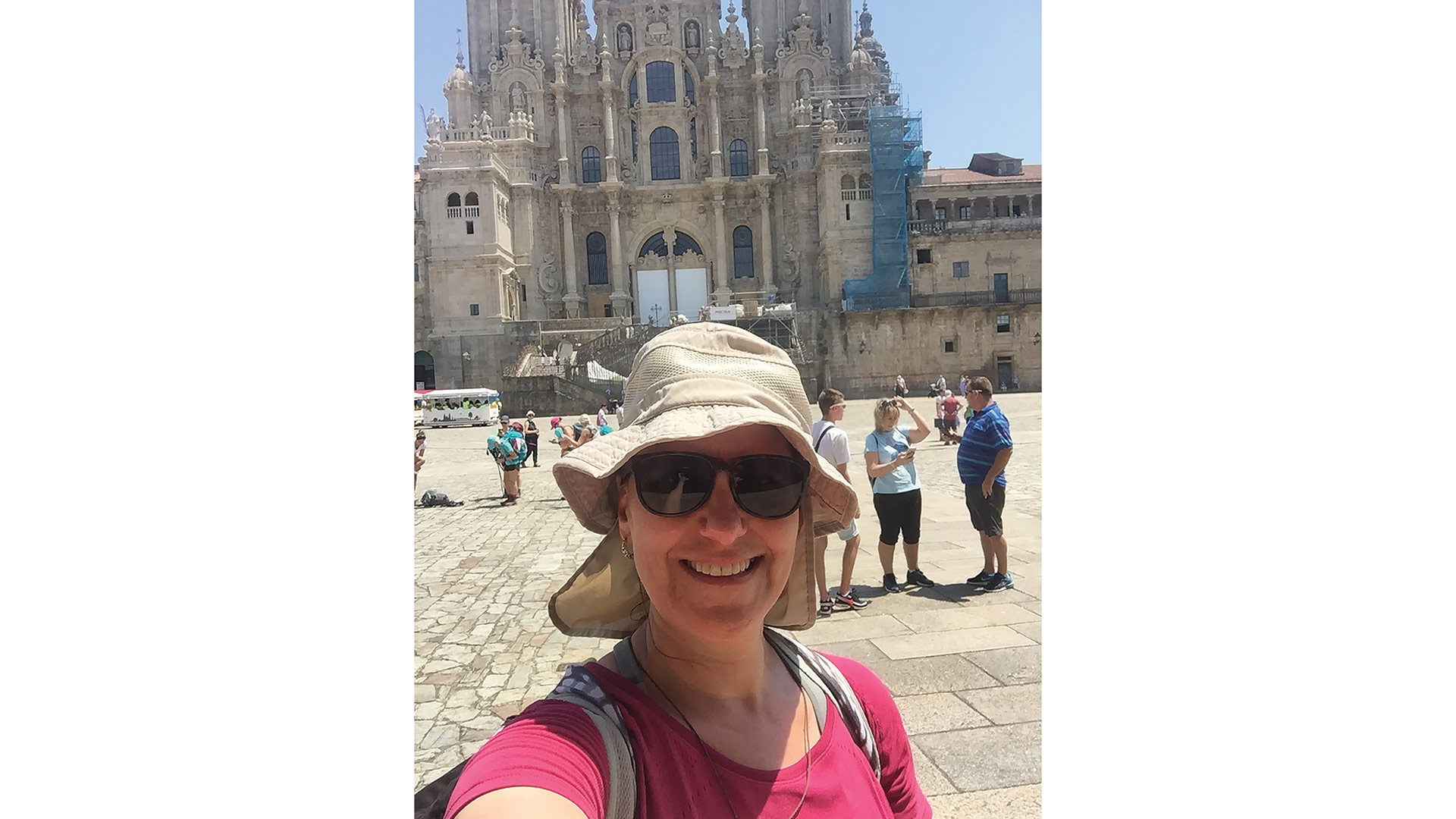
Mindy Miraglia was inspired to launch Berkshire Camino by her treks in Northern Spain.
The COVID-19 pandemic has provided many individuals with the motivation, opportunity, and time to pursue their entrepreneurial dreams. That’s certainly been the case in the Berkshires, where new ventures launched, or set to be launched, include a new brewery, a guided-hikes venture, and a treasure-hunt concept that introduces consumers to area businesses.
Like most of those people who find themselves walking the Camino de Santiago — the pilgrim trail (actually, several different trails) that end at the Spanish city of Santiago de Compostela — Mindy Miraglia was at a crossroads in her life.
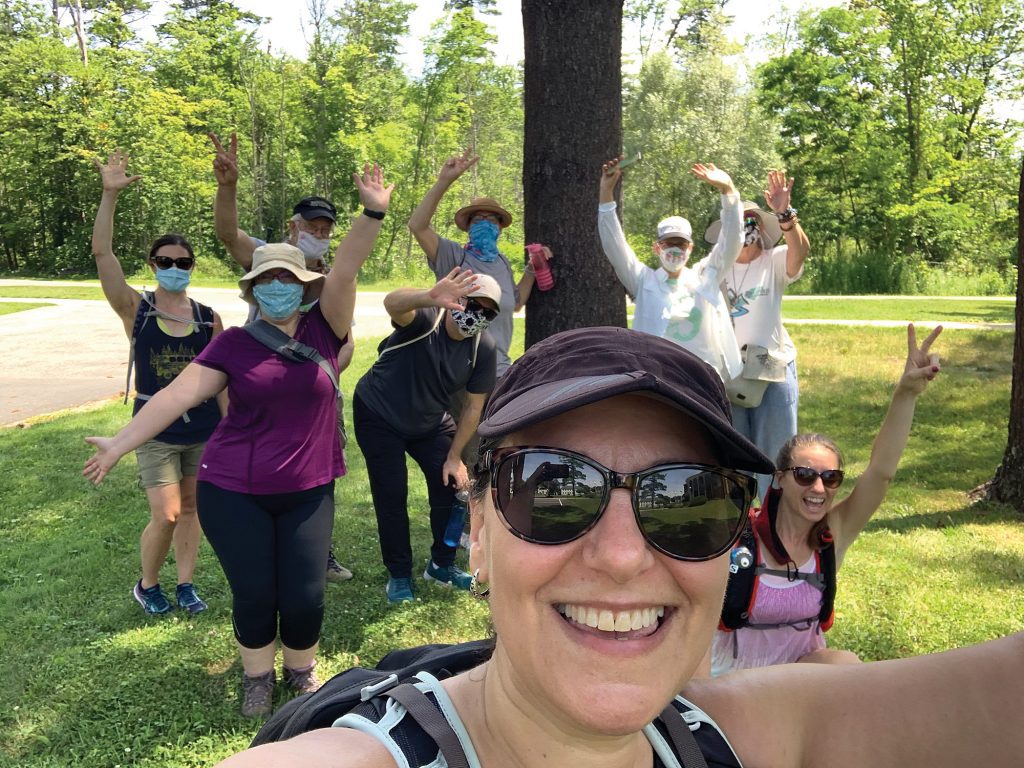 Indeed, after many years in advertising and market research, subsequent burnout, and some time working at the Kripalu Center for Yoga and Health that didn’t end well, she was trying to figure out what could — and should — come next for her.
Indeed, after many years in advertising and market research, subsequent burnout, and some time working at the Kripalu Center for Yoga and Health that didn’t end well, she was trying to figure out what could — and should — come next for her.
So, like hundreds of thousands of people each year, she decided to walk the Camino, also known as the Way of St. James, to pause, reflect, and maybe, just maybe, find an answer to her question. And as she tells the story, the Camino — and, specifically, her experiences on the 250-mile trek across Northern Spain — became the answer.
Sort of. Let’s just say it’s a work or progress. Or a business in progress.
It’s called Berkshire Camino LLC, which specializes in guided hikes through the Berkshires, many of which take people from community to community and are thus patterned after what Miraglia experienced in Spain on her two treks on the Camino.
“If you want to get romantic about it … we felt that there was never going to be a better sign from God that it was time to make a change.”
But that was not the original plan. Instead, she wanted to create hostels — the lower-cost, dorm-like hotels that are an important part of the Camino experience — in the Berkshires and thus bring a different type of accommodation for tourists to that market. But reality, in the form of skyrocketing real-estate prices, as well as a lack of capital and few options for obtaining it, has kept that dream in check — at least for now.
But Miraglia, at the advice of mentors assigned to her by the nonprofit EforAll Berkshires, has pivoted and now leads a number of guided hikes within the Berkshires through a venture that is not yet profitable but showing some forms of promise.
Overall, she can find countless ways, and phrases, to compare the rugged challenge that is the Camino to that of starting and growing a business.
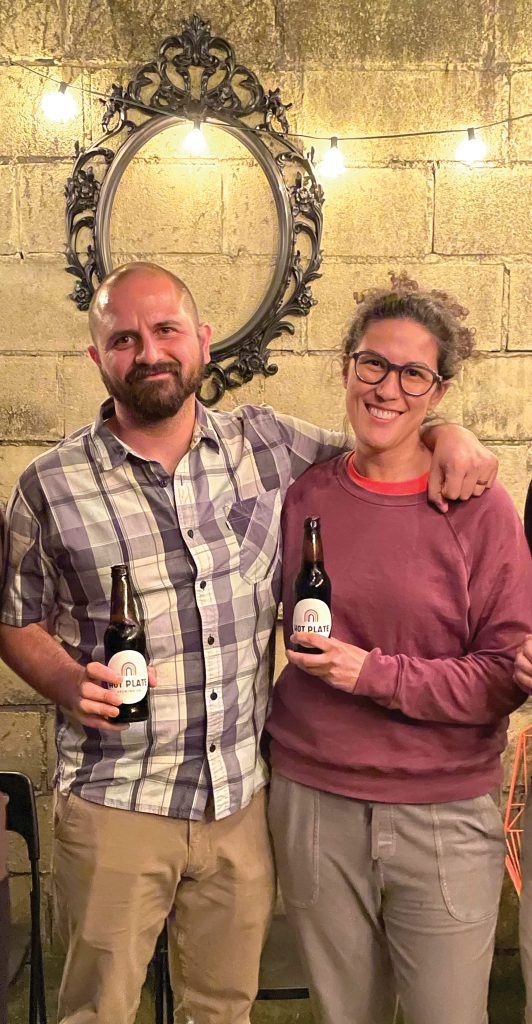
Mike Dell’Aquila and Sara Real found the inspiration, and the time, to launch Hot Plate Brewing during the first year of the pandemic.
“It’s a hero’s journey,” she said of the trek in Spain, but also entrepreneurship. “You put yourself onto that path, and you have to overcome challenges and see who you are.”
Miraglia is part of what many are calling a surge in entrepreneurship in the Berkshires, one fueled in part by the pandemic, which left many out of work and looking to start their own business. It left others wanting to leave the city and head for far more rural areas — and, again, start their own business. For still others, the pandemic triggered imaginative ideas for ways to get people out and about, and generate revenue while doing so.
Mike Dell’Aquila and his wife, Sara Real, don’t fit neatly into any of those categories, but in some ways, they encompass all three. They left their condo in Brooklyn for a home in Lenox in July, and are advancing plans to launch Hot Plate Brewing Co. in Pittsfield.
As with all breweries, there’s a story behind the name; in this case, the couple lost gas service in their condo for a period of time just as they were getting serious about transforming this from a hobby to a business. So they famously bought a hotplate so they could continue honing their craft.
There’s more to this story than the name, though, said Dell’Aquila, adding that the pandemic certainly helped provide the motivation — and the time — to take their dream, which has been, well, brewing since 2018, off the drawing board.
“If you want to get romantic about it … we felt that there was never going to be a better sign from God that it was time to make a change,” he told BusinessWest, adding that he and Real were both working day jobs, from home, during the pandemic. Motivated by this ‘sign’ from above, they used the extra hour and half they gained each day from not commuting, as well as Zoom technology, to advance their concept.
They are closing in on a location for their venture and plan to start brewing beer by early next year.
As for Liam Gorman, the pandemic certainly helped inspire his venture, CozQuest, which he bills as “the new way to explore the Berkshires.” It’s a local treasure hunt, as he called it, one that connects consumers and businesses “through their love of community and adventure.”
“The overall demand for services in the tourism and hospitality sector hasn’t changed a lot, and because of that, it’s created opportunities for entrepreneurs to make a run at whatever they wanted to do. We have seen a lot of that kind of activity.”
Using their phones, players solve a puzzle, follow a map, and find and scan a QR code to win a prize from a local business. If a player finds all the prizes, he or she can win some cash. German has created a number of these hunts, in cities and attractions such as Hancock Shaker Village and MASS MoCA, and says the business has developed a loyal following among both players and sponsoring businesses. His plan is to expand the concept and perhaps take it to other markets.
These entrepreneurs and many others are part of an emerging story in the Berkshires. It’s about people finding entrepreneurial energy during the pandemic — and finding ways to harness it.
It’s No Walk in the Park
As she goes about trying to grow her venture, Miraglia says there are times when she will actually tell herself that she’s “on the Camino.”
By that, she meant she’s on an arduous journey, one where you’re just trying to get to the next day and really don’t know what’s around the next bend.
“It’s hard,” she said, using that phrase to describe both the Camino and entrepreneurship, which has tested her in every way imaginable.
Indeed, while her concept has drawn interest from adventure seekers across the country and even other countries — not to mention a significant amount of press locally — there have been countless challenges to overcome. These include everything from the weather, which has canceled many hikes, to lingering anxiety about gathering in, or even walking in, large groups, to lingering anxiety about how to generate revenue in the winter months.

Liam Gorman, seen here with his children, believes he’s found a scalable venture in CozQuest.
“I’ve had to refund 15% of my deposits so far because of the weather,” said Miraglia as she referenced a spring and summer of almost incessant rain, adding that these seasons have been challenging enough; winter is a matter that will be decided another day.
Meanwhile, Dell’Aquila, while obviously confident and enthusiastic about his venture, was quite candid about his leap from a steady paycheck to the uncertainty of entrepreneurship.
“It’s definitely terrifying,” he noted. “I vacillate from being super-excited to being super-scared.”
By all accounts, there are more people experiencing these mood swings in the Berkshires these days.
Deb Gallant, executive director of EforAll Berkshire, told BusinessWest that the agency, part of a larger, statewide network that also includes an office in Holyoke, staged its first accelerator program just before COVID-19 arrived in the winter of 2020; it had eight participating businesses. The agency then saw a considerable uptick in applications for the next few cohorts, at the height of COVID, and for all the reasons mentioned above.
“We were really able to spend the quality time needed to put together a business plan, to work on the financial forecast, and do all of that upfront work, so that you’re not just a home brewer with a dream.”
“A lot of people were unemployed, especially those in hospitality,” she explained, noting that many large employers in that sector, such as Canyon Ranch, Kripalu, and others, shut down or curtailed operations. “We had a huge uptick in applications for the next two cohorts.”
The number of applications declined somewhat for the upcoming fall cohort, which she attributes to improved stability at many of those businesses that had shut down partially or completely during the pandemic. But the agency will still have a large cohort, said Gallant, adding there is still a good amount of entrepreneurial activity in this region, which has been reinventing itself for the past 30 years from an economy dominated by manufacturing, and especially General Electric’s massive transformer complex in Pittsfield, to one that is far more diverse and driven in many ways by tourism, hospitality, and the arts.
Jonathan Butler, executive director of 1Berkshire, a multi-faceted economic-development agency, agreed.
From the early days of the pandemic, he noted, he could sense that, while COVID would bring a wide range of challenges to the region, it would also provide some opportunities for the Berkshires as well.
They have come in all forms, he went on, from professionals relocating to the area from urban centers, a migration certainly helped by the growing success of remote working and one that is prompting population growth in cities and towns that have needed such a surge, to an unparalleled explosion in the real-estate market, which has created opportunities and challenges of its own.
And, as noted, COVID has prompted a surge in entrepreneurship, said Butler, adding that it involves both new owners of businesses that failed during the pandemic — there were many, especially in the broad hospitality realm — and a wide range of new businesses as well, many of them fueled by an even greater interest in visiting the area and taking in many types of attractions.
“The overall demand for services in the tourism and hospitality sector hasn’t changed a lot, and because of that, it’s created opportunities for entrepreneurs to make a run at whatever they wanted to do,” he explained. “We have seen a lot of that kind of activity.”
Something’s Brewing
For Dell’Aquila, it wasn’t really a matter of whether he and Real would launch their brewery operation. The questions were when and where they would launch.
And COVID helped answer both, but especially the former, he said, adding that it provided the time and impetus to move ahead with their plans. “We were really able to spend the quality time needed to put together a business plan, to work on the financial forecast, and do all of that upfront work, so that you’re not just a home brewer with a dream.”
Now, he and Real are home brewers with firm plans and, hopefully, a location. They are finalizing commitments for investing in their venture from friends and family, exploring possible incentives from local and state sources, and meeting with architects to finalize blueprints for their operation. They also have a slot in the next accelerator cohort for EforAll Berkshire, during which they hope to gain both a better understanding of the local business landscape and garner more feedback and mentoring on their plans and their brand, which they believe will be a solid addition to the local craft-beer landscape.
He said he and Real will bring what he called a “culinary approach” to brewing, with such as offerings as a chamomile-infused blonde ale and a Jalapeno pale ale, in addition to more traditional stalwarts such as Belgian-style farmhouse beers, some classic American pale ales, and an IPA.
Dell’Aquila acknowledged that the Berkshires were already home to a number of solid craft-beer labels, but there is room for more — and more, in his view, creates opportunities for both himself and others.
Indeed, with Barrington Brewery in Great Barrington, Bright Ideas Brewing in North Adams, Shire Breu-Hous in Dalton, and others, the addition of Hot Plate in Pittsfield boosts the potential for what Dell’Aquila called a “beer trail” from the southern part of the county to the northern region.
“One of the things we found when we were really digging in is that there is a lot of excitement and desire for craft beer,” he explained. “And adding more options will only help; to me, density is a good thing.”
While Hot Plate is preparing to launch, CozQuest is looking to build on a solid first year and explore a number of possible growth opportunities, said Gorman, who brings a varied background to his venture. Originally in journalism, he moved to Los Angeles and ventured into television.
After relocating to the Berkshires five years ago in a search for a more stable environment in which to raise children, he became part-owner of the bar Thistle and Mirth and helped reverse its sagging fortunes. He sold his share just prior to COVID’s arrival in the region, and used some of that windfall to start CozQuest, which is in many ways inspired by geocaching, a type of global treasure hunt where seekers use GPS devices to find hidden caches.
“The engagement level has been pretty high; I like to call CozQuest a foot-traffic-building machine,” he told BusinessWest. “It brings people to places they might otherwise not have known about to discover and explore.”
German was a participant in the spring cohort of 2020, and said the experience of working with mentors and other local business owners gave him the confidence to move ahead with the concept, which is currently in what he calls phase 1, where he’s honing the concept and gauging its revenue potential.
The plan is to scale up in all ways, starting with the website, which he built himself. “It looks like someone’s first website, but … it works,” he said, adding that his ultimate goal is to take the concept to other markets.
As for Miraglia, her first 14 months in business have been a learning experience on many levels.
As noted earlier, she did a hard pivot, from hostels to guided hikes, thanks to input from mentors and what she called a “reckoning with reality” when it came to the costs and other challenges or making those hostels reality.
After pivoting and focusing on hikes, she did some proof-of-concept testing in the late summer of 2020, often giving away her product away as she did so. She found that there is promise, but likely more refinement of the business model as she gains more evidence concerning what will sell and generate profits.
Indeed, she’s learned there is considerable interest in private hikes — small groups and even one person going where they want to go and not necessarily on a pre-set course.
As she noted, there have been many challenges and hurdles for this venture. She started it too late to qualify for any PPP money, and has wound up bootstrapping the operation herself, drawing down a retirement fund to do so.
“As a for-profit venture, grant opportunities are scarce,” she said. “I joke that Joe Biden has invested in Berkshire Camino since I’ve invested the pandemic aid that I received as a citizen into the business. He’s welcome to come on a hike with us at no charge.
“My aim is to establish a solid baseline in 2021 that I can use to demonstrate to a lender or investor that this has viability,” she went on, adding that the business is not yet profitable and she is not drawing a salary. “I learned from walking the Camino de Santiago that the journey is long and you take one step at a time, stay present and flexible. Just like in business.”
The Finish Line
Miraglia didn’t finish the Camino on her second trek in 2019. She had completed roughly 250 of the 500 miles before she injured herself and was forced to eventually call a halt, pack up, and head home.
She remembers exactly where she had to call it quits, and has plans to go back to back there — 2024, when she turns 60, is the current goal — and finish the walk the Santiago de Compostela.
Between now and then? She has more immediate goals and dreams, especially to take the venture she started to stability and profitability. She is not at all sure she will get there — the road ahead is paved with question marks and uncertainty.
As it is for all entrepreneurs. There are more of them in the Berkshires these days, by many accounts. They’ve launched ventures that have been inspired by, accelerated by, or facilitated by the pandemic — which has provided the time and opportunity to reflect and, and in these cases, move a dream to reality.
George O’Brien can be reached at [email protected]



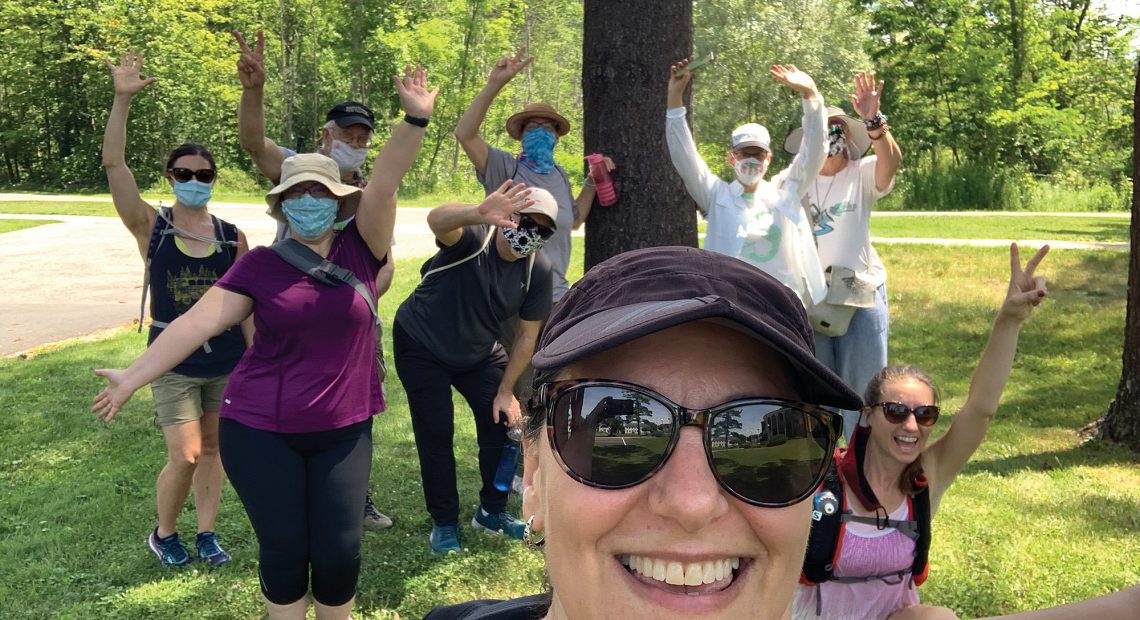

 Indeed, after many years in advertising and market research, subsequent burnout, and some time working at the Kripalu Center for Yoga and Health that didn’t end well, she was trying to figure out what could — and should — come next for her.
Indeed, after many years in advertising and market research, subsequent burnout, and some time working at the Kripalu Center for Yoga and Health that didn’t end well, she was trying to figure out what could — and should — come next for her.

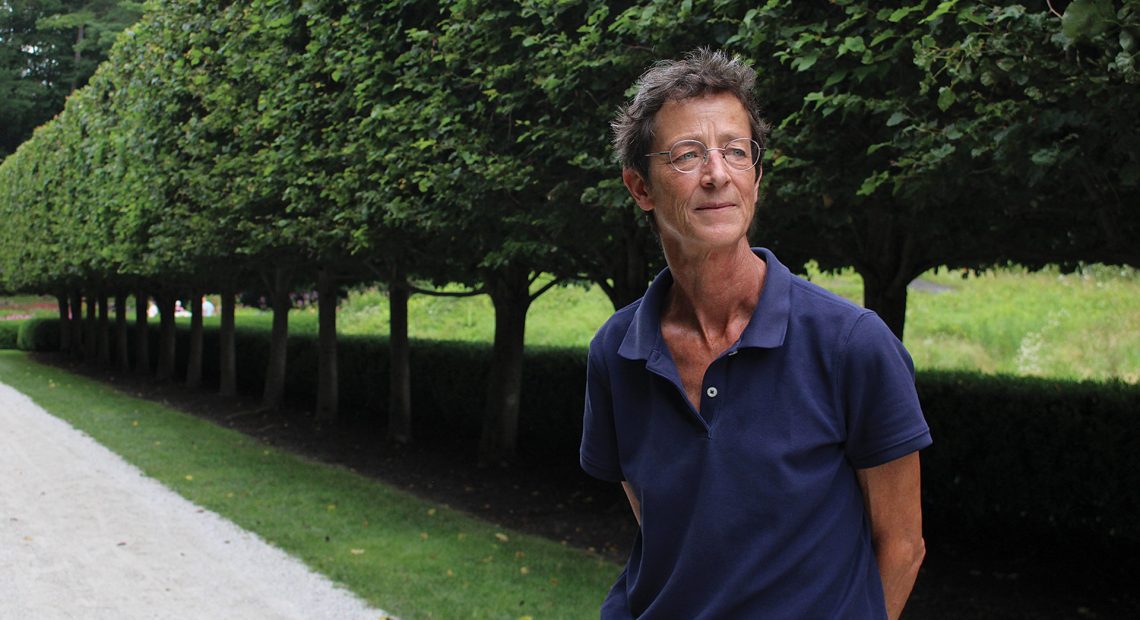
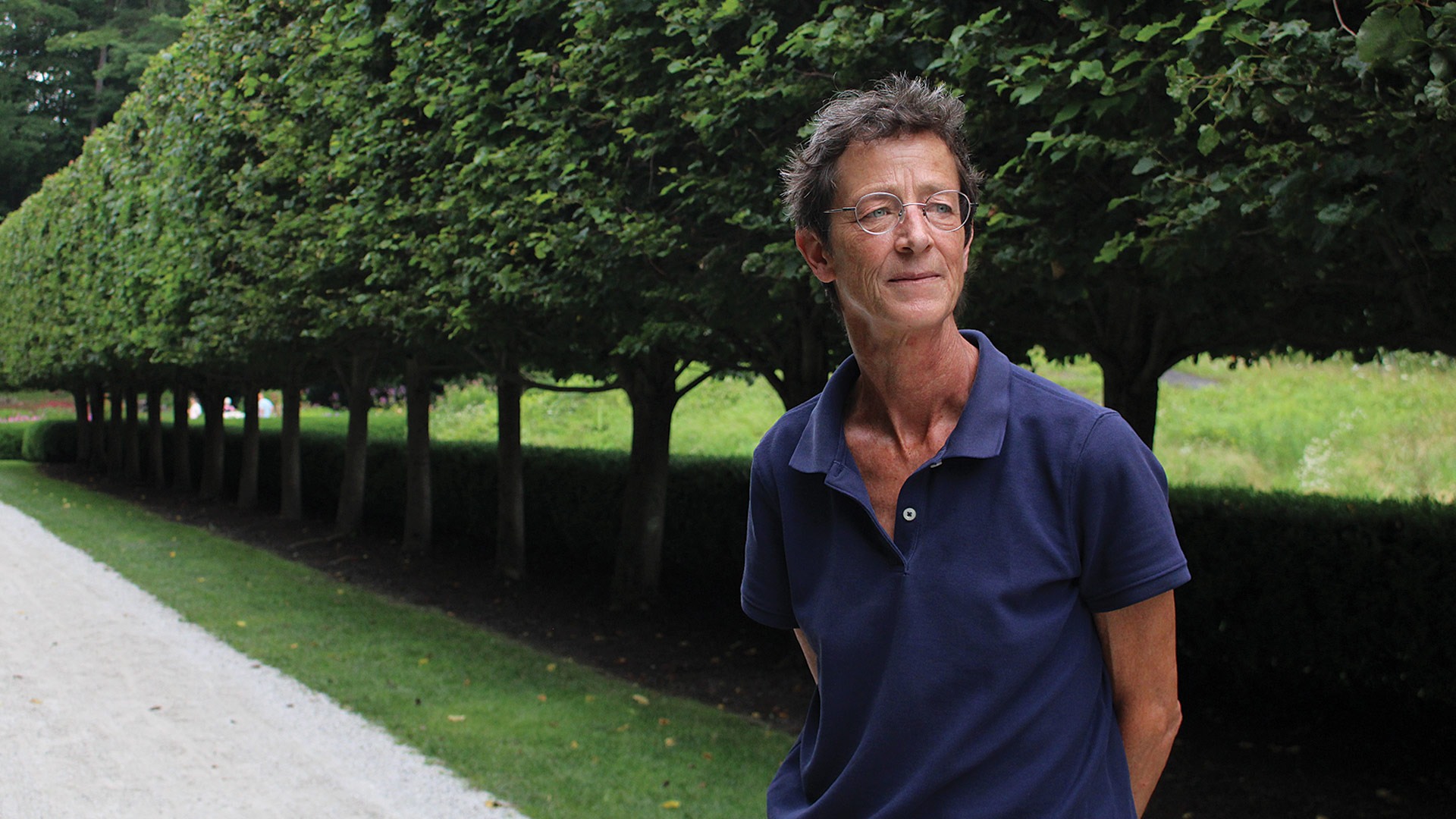
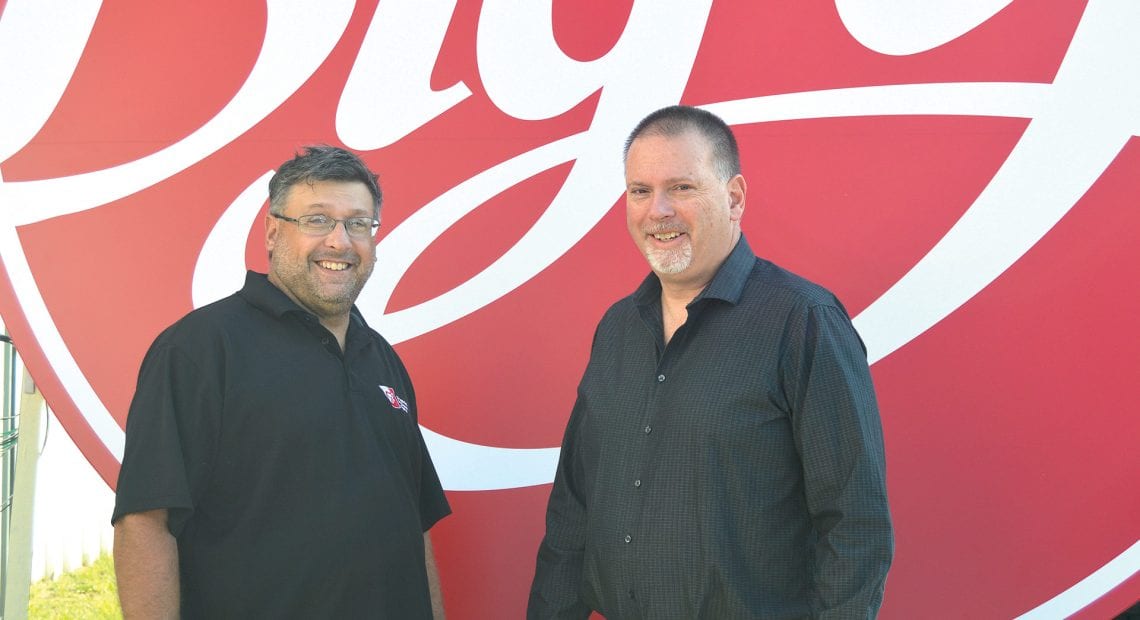
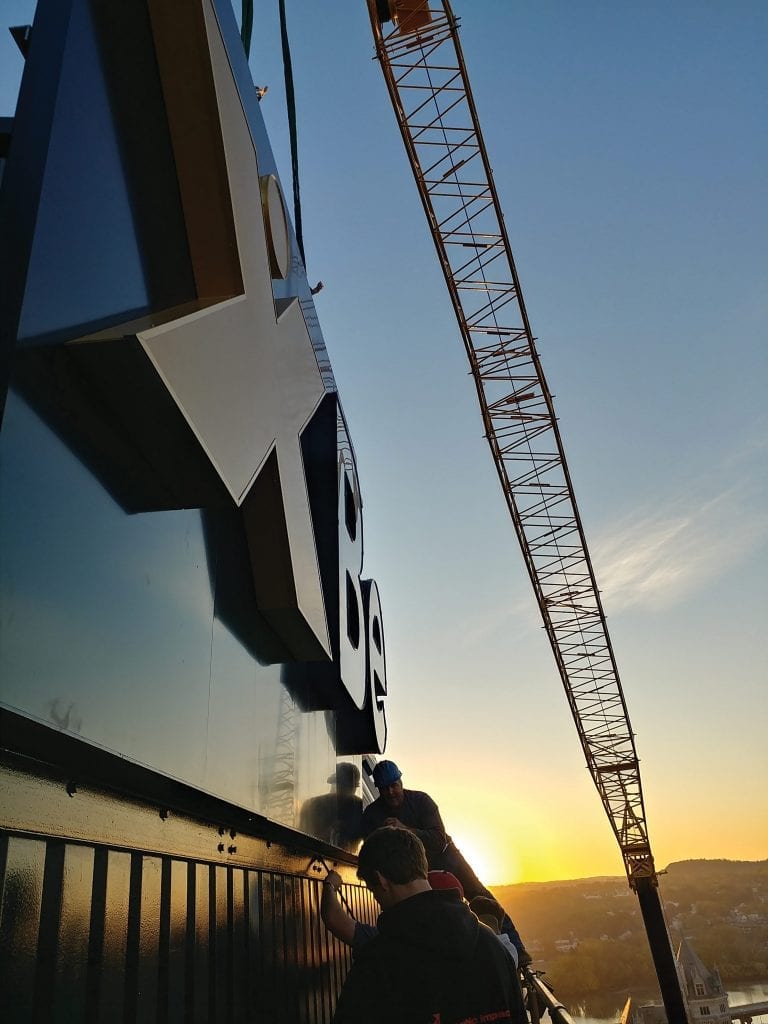
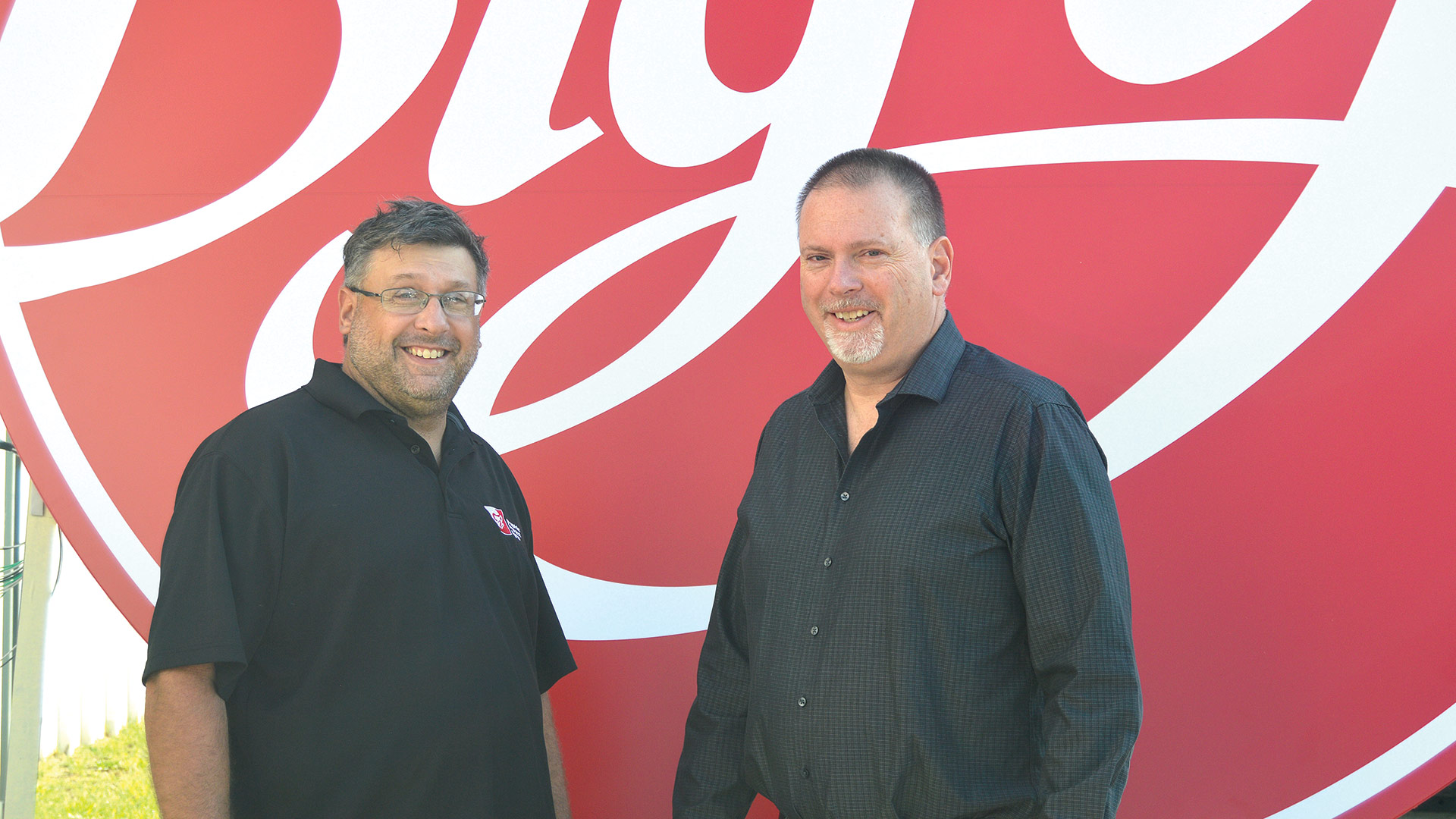
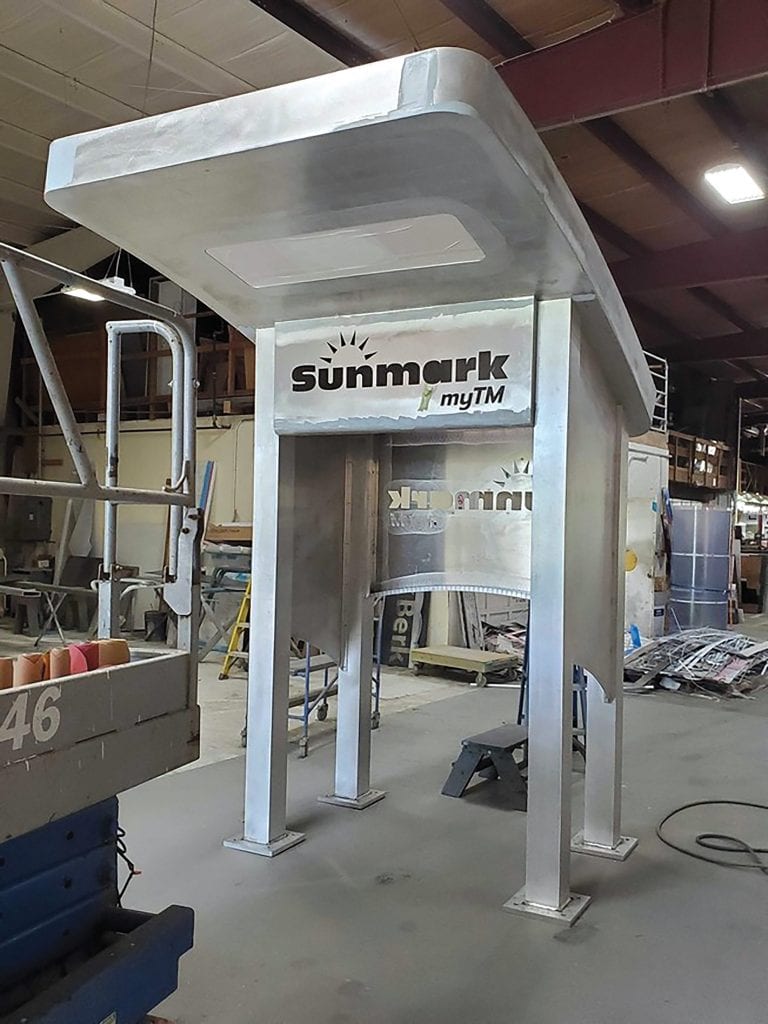


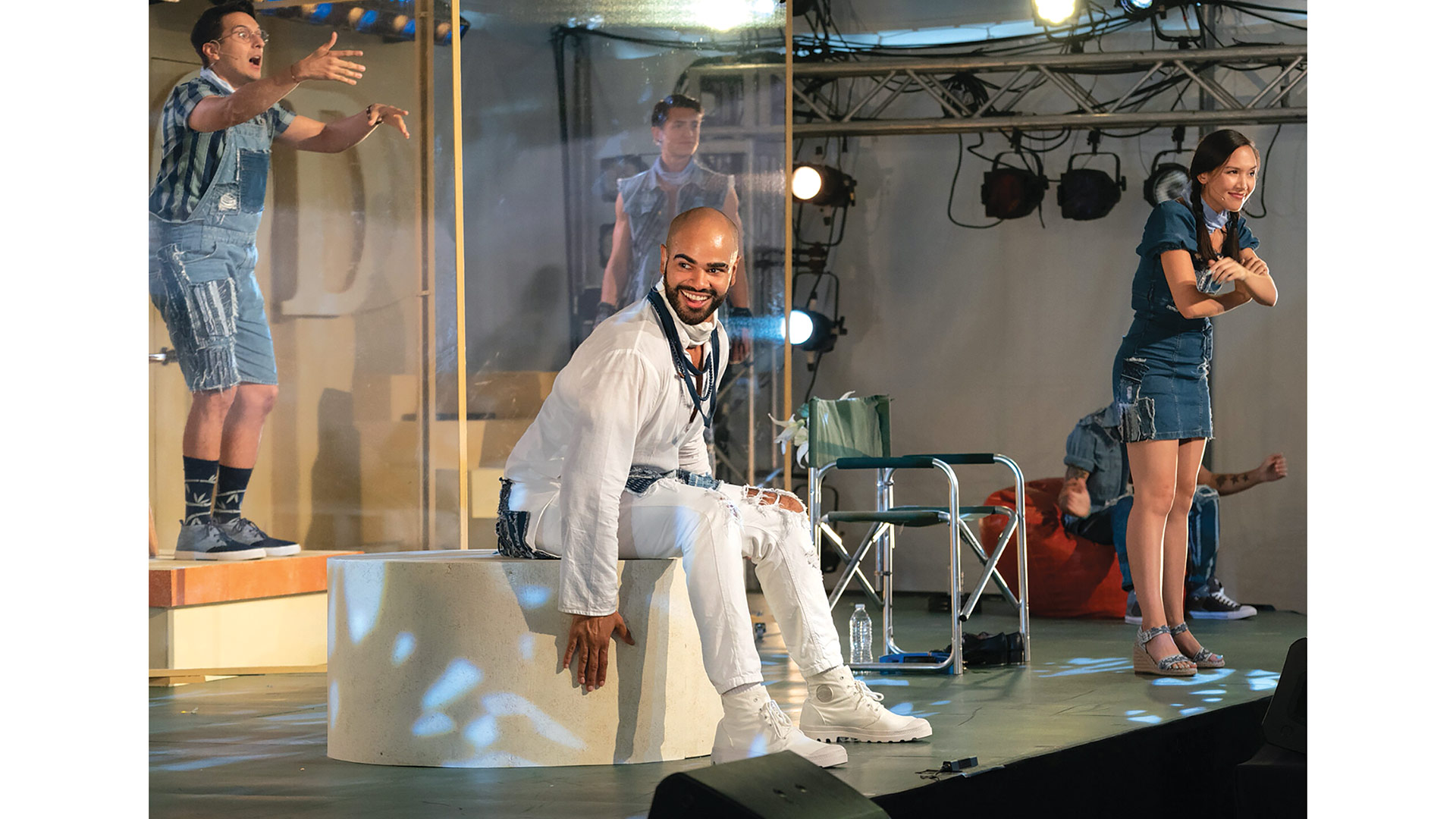

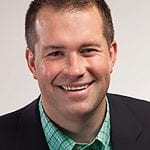
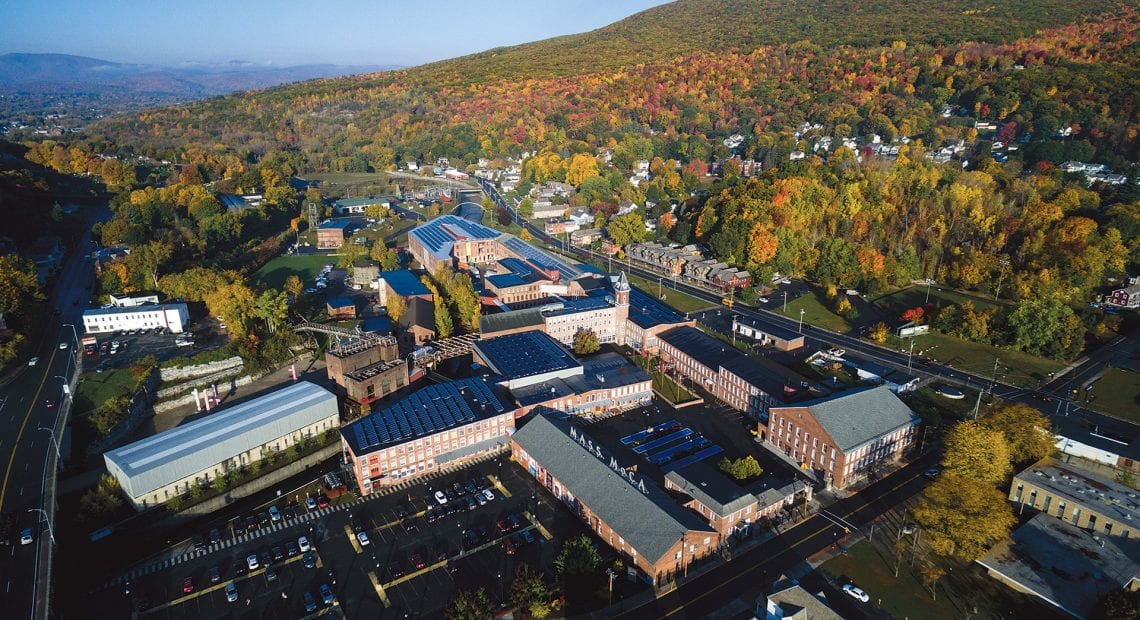
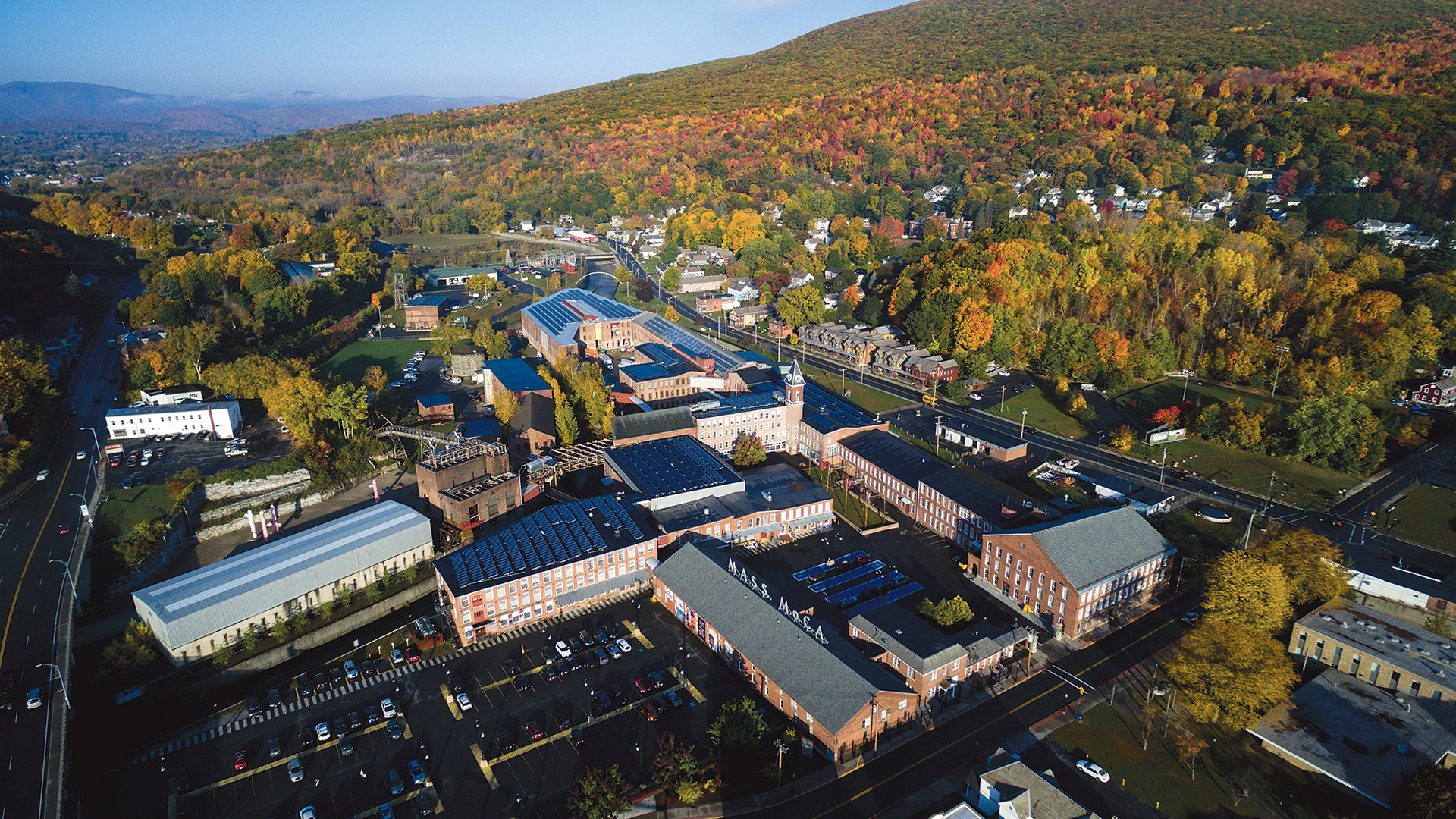
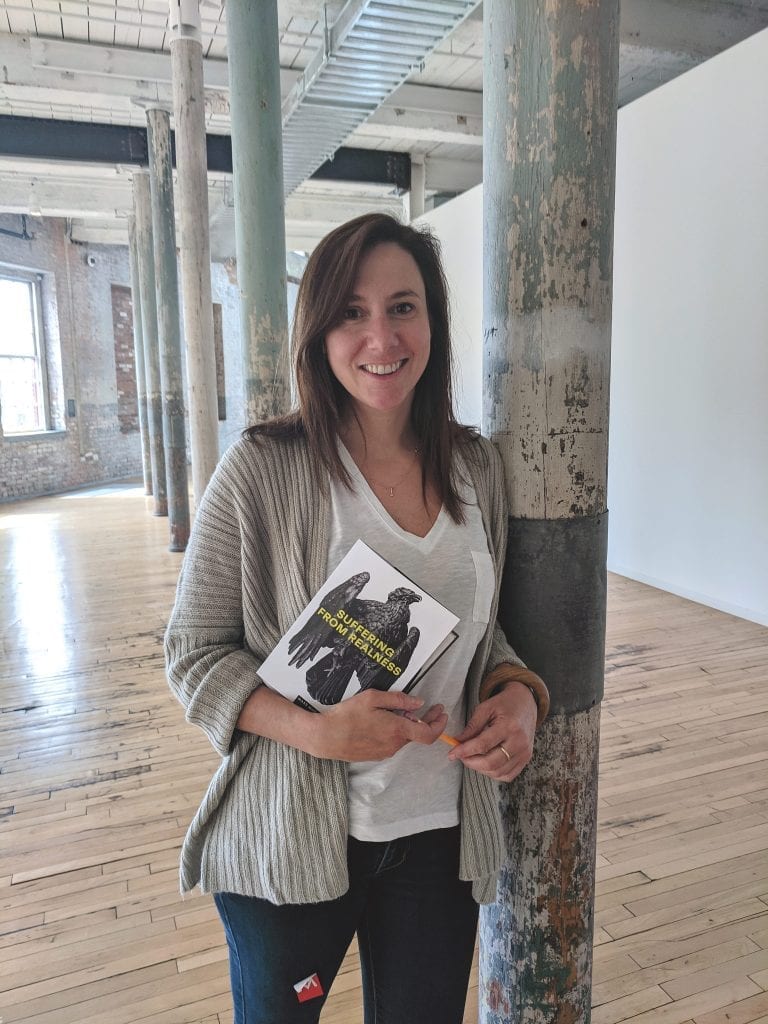
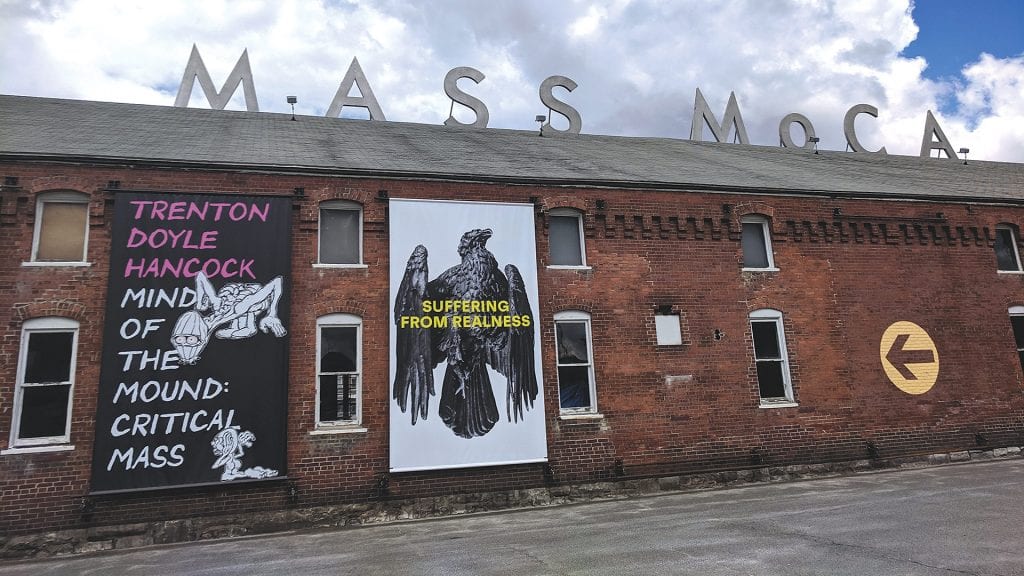




 Created through the merger of several economic-development-focused agencies,
Created through the merger of several economic-development-focused agencies, 





